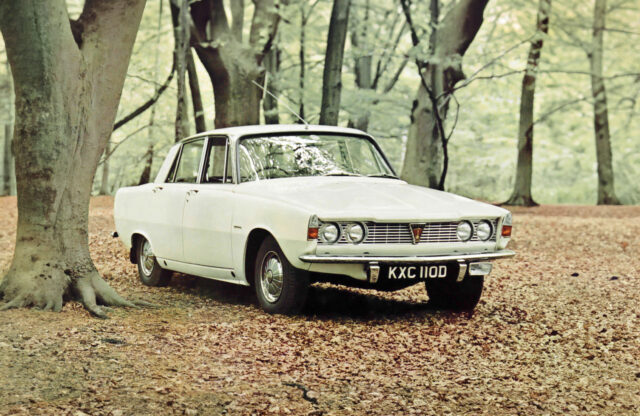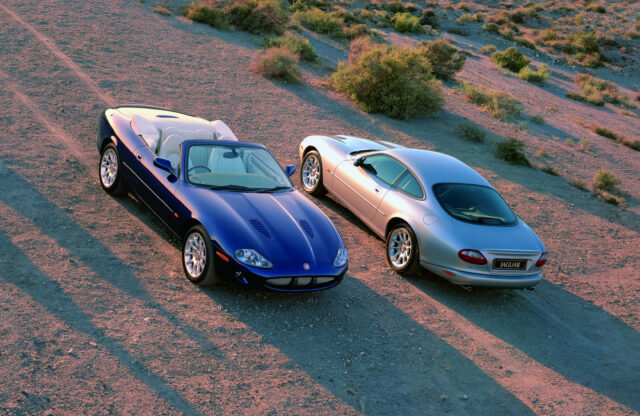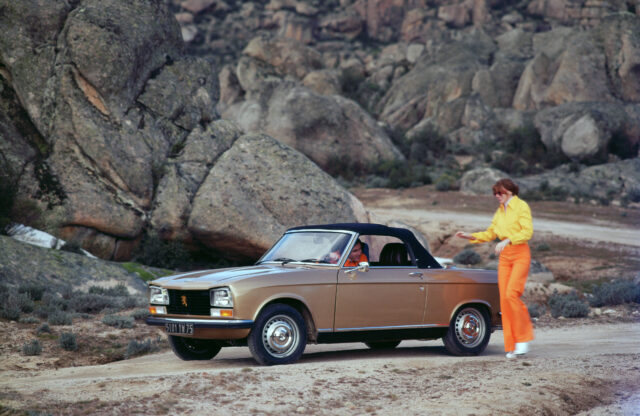To many, the DC2 Honda Integra Type R is the greatest front-wheel drive performance car of all time. It’s not the fastest, grippiest or even the best handling in this day and age, but if there’s a front-driving performance car that can genuinely provide the same engagement and driving pleasure as a traditional rear-driver, this is it.
From the early days of the Mini Cooper, Lancia Fulvia and Alfasud, the world began to accept that front-wheel drive had its place in competition, while the more hard-edged hot hatches of the 1980s moved the game on – bringing fun and a genuine alternative to the traditional sports car. The Integra Type R was one of the first genuinely hardcore front-wheel drive cars when it was launched in 1996, but it wasn’t just about being fast. Here was a car that could involve a driver in the same way as a BMW M car or RS Porsche. Stripped out and honed for track, but also involving, entertaining and hugely capable on the road.
Praised for its analogue feel and lack of electronic intervention when it was new, in today’s age of hugely powerful turbocharged engines, super wide low-profile tyres and electric power steering, the Integra remains a unique proposition. The DC2 Integra followed on from the 1992 Honda NSX-R, which was lighter, stiffer and painted Championship White, just like the first race-winning 1963 F1 car. To homologate the front-wheel drive Integra for FIA Group N competition, Honda followed the same ethos.

What makes the DC2 Integra so special?
At the heart of the transformation was a new engine. Based on the regular Integra GS-R model, which offered 170bhp from its 1.8-litre B18C VTEC engine, Honda applied its experience to squeeze out even more. This new ‘Spec-R’ engine was hand assembled, with polished ports, lighter conrods, stronger pistons, re-shaped intake valves and a larger throttle body, teasing 187bhp at 8000rpm from the motor – that’s 104bhp per litre.
It’s all about the revs with Honda engines, and in this case it’s a defining characteristic. Below 6000rpm, this Honda might as well be a run of the mill shopping car. Tractable, if a little bit flat, you might even be a little underwhelmed were it not for the amazing throttle response. Probe beyond that magical 6000rpm spot, and Honda’s clever VTEC system comes on song, transitioning this docile unit to a full-on BTCC legend in the blink of an eye. It will then furiously buzz its way past the 8000rpm redline – pulling harder and faster all the way to just shy of 9000rpm.
To make the most of its powertrain, Honda ripped the rest of the Integra down to its raw components, rebuilding it from the ground-up. Sound insulation was stripped to a bare minimum, the wheels were significantly lighter and the windscreen was thinner than the standard car to save a few grams.
The Integra is great fun, excellent on track and ultimately very usable day-to-day, meaning that many have been worn out, abused and even crashed over the years. A lot were broken for spares when values dropped below the £2500 mark several years back, and today numbers of tidy, original UK-market examples are surprisingly small.




Sitting alongside the likes of the 205 GTI, Delta Integrale and Sierra Cosworth, the Integra Type R is a modern icon of the highest magnitude. It was a car built by engineers and racers, not marketeers, but the appeal extends to anyone who enjoys a car for the process of driving even more than the simple thrill of going quickly.
The big question for many is UK or JDM? For 1997 Honda imported a small run of UK-market Type Rs. Aside from a set of quad headlights, different wheels, new bumpers and quite a few minor spec changes, there’s actually very little to separate the driving experience. Only offered in Championship White with red Recaro seats early on, black and red could be specified later when the order books were once again opened for the UK market’s second run of DC2s.
The Japanese-market car – featuring slim rectangular headlights – was actually launched in 1995. The revised ’98 Spec’ version gained 16-inch wheels, revised gearing and and a few cosmetic changes. An even more limited Type Rx version is arguable the most desirable, with a premium paid for those painted in yellow. There are many small spec changes between the various versions, so it pays to do your homework.
Common problems
The Integra is very prone to corrosion, especially around the rear wheel arches and sills, with UK cars seeming to suffer worse than JDM versions. All but the very best will have had some remedial work in this area, so check carefully for any bubbling – which is probably hiding more serious corrosion underneath.

Engines are reliable if maintained properly, but must be warmed through before heading anywhere near the VTEC zone. They do like to burn oil, even when in rude health, so regular level checks are vital. Rebuids are expensive, and replacement engines are getting difficult to find. Excessive smoke from the exhaust is probably a sign of abuse and worn piston rings.
Gearboxes are also prone to losing synchros on second and third gears, especially if driven hard on track. A sloppy-feeling change can be sorted with new linkages.
What to pay?
The time to pick up a cheap Integra Type R has well and truly passed, with the higher-mileage and mildly modified examples in need of cosmetic work starting from around £7500. Up your budget to around £12,500 and you should be able to get a great example with less than 100,000 miles on the clock. Full Honda dealer service history is still highly valued. Perfect examples are of UK cars are rare, and will set you back more than £20,000.
There are still reasonable numbers of Japanese-spec cars in both in the UK and Japan, if you want to consider importing your own. The exchange rate is less favourable than once was, but you can still get a relatively fresh-feeling car into the UK for about £15-20,000. Collector-grade cars are significantly more though. The Integra was offered up to 2001 in Japan, and generally the later the car you buy, the better the spec and condition you will get.





